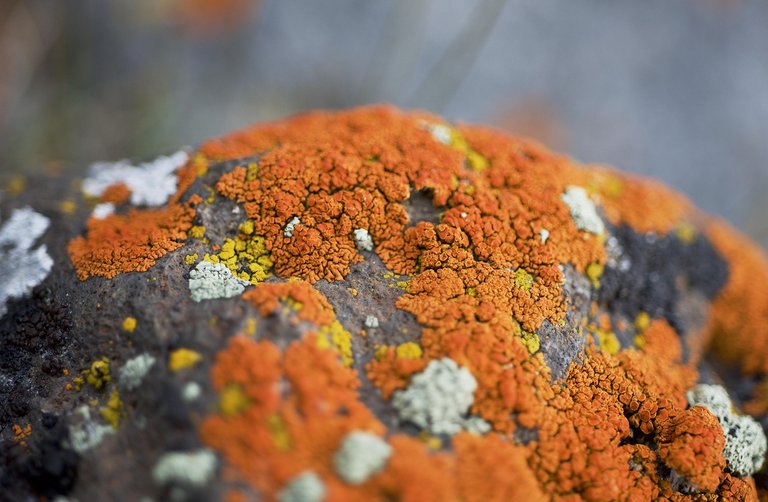Mushrooms, much earlier than I thought

An international team of researchers has concluded that mushrooms are much older than previously thought. Several dating techniques combined have estimated that they originated between 900 and 1.4 billion years ago, hundreds of millions of years before the plants. The results are published in the journal Nature Ecology & Evolution.
Unlike plants and animals, fungi have left a very poor fossil record, as their soft and filamentous structures are very difficult to preserve. As a result, knowing their evolutionary history has been very difficult. Now, scientists have combined three different and complementary sources of information: the rare fossils available, genomic sequences of more than a hundred species of fungi, and horizontal gene transfers.
The latter has been, above all, a key and innovative element. Horizontal transfer refers to the passage of a gene from one species to another. It doesn’t happen often, but it does provide valuable information. Because when a gene jumps from one species to another, we know that the two lived together at the same time. And this allows the establishment of relative temporal relationships, since any relative of the donor lineage must necessarily be older than any descendant of the recipient lineage. Using these techniques in conjunction with new computational tools, they have achieved new evolutionary schedules for more than a hundred species of fungi, much more accurate and consistent than heretofore.
Thus, they conclude that fungi (mushrooms, molds, legamis, etc.) are much older than expected. It is very likely that they existed more than a billion years ago, so they would be among the oldest eukaryotes; they would be significantly older than animals (about 600 million years) and terrestrial multicellular plants (about 500 million years).
In addition, researchers believe that fungi may have been key in establishing algae and primitive plants on dry land through symbiosis, as they do today. On the other hand, even if naked and dead soils were depicted until the plants began to appear, the fungi would already be developing ecosystems. These primitive fungi would have contributed to the formation of the first soils by breaking rocks, degrading minerals and recycling food; in short, making the environment more livable.
Buletina
Bidali zure helbide elektronikoa eta jaso asteroko buletina zure sarrera-ontzian











